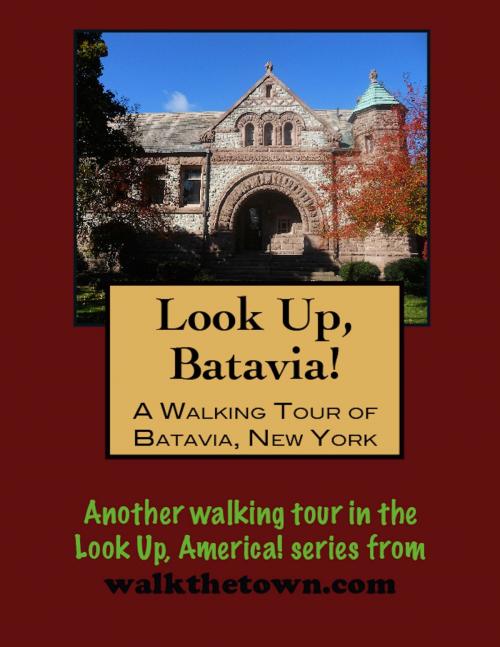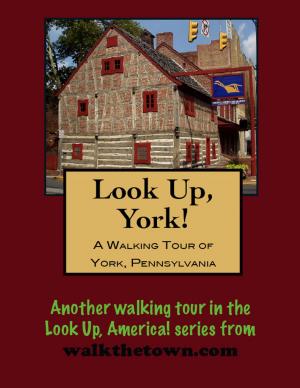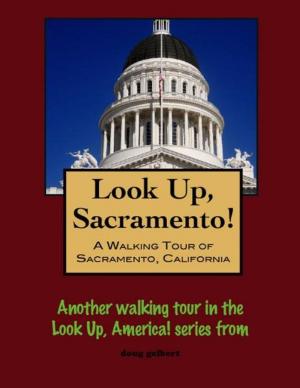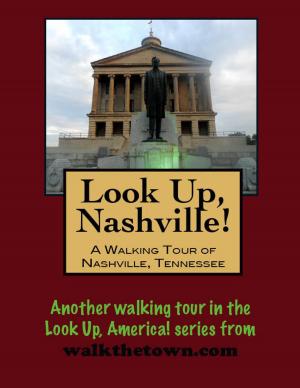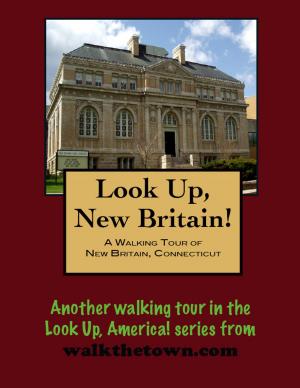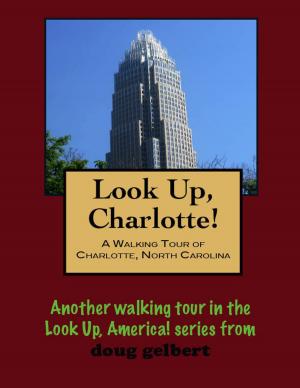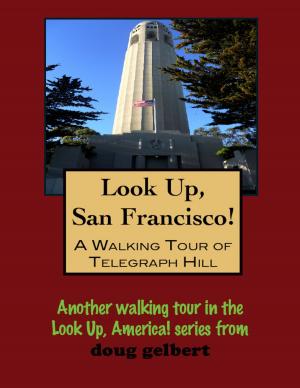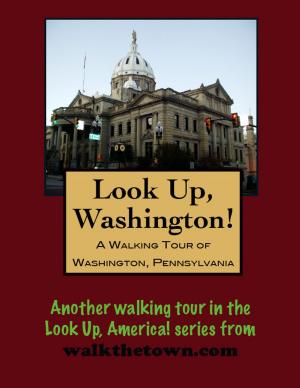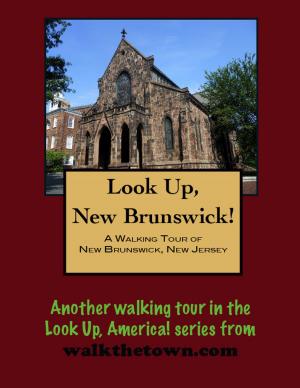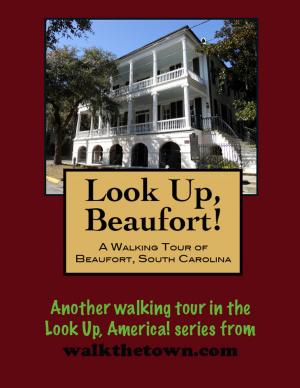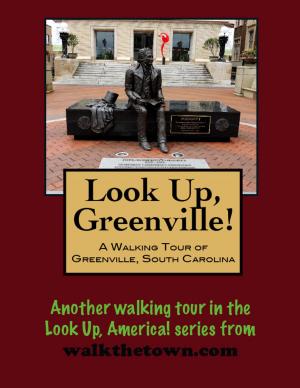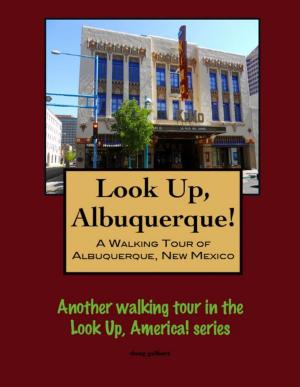Look Up, Batavia! A Walking Tour of Batavia, New York
Nonfiction, Travel, United States, West, History, Americas| Author: | Doug Gelbert | ISBN: | 9781458074744 |
| Publisher: | Doug Gelbert | Publication: | January 31, 2011 |
| Imprint: | Smashwords Edition | Language: | English |
| Author: | Doug Gelbert |
| ISBN: | 9781458074744 |
| Publisher: | Doug Gelbert |
| Publication: | January 31, 2011 |
| Imprint: | Smashwords Edition |
| Language: | English |
There is no better way to see America than on foot. And there is no better way to appreciate what you are looking at than with a walking tour. Whether you are preparing for a road trip or just out to look at your own town in a new way, a downloadable walking tour is ready to explore when you are.
Each walking tour describes historical and architectural landmarks and provides pictures to help out when those pesky street addresses are missing. Every tour also includes a quick primer on identifying architectural styles seen on American streets.
Batavia, is the largest town in Genesee County, both in point of territory and population, and sited practically at its center. The original town of Batavia included practically the entire Holland Purchase, a swath of three million acres bought from Continental Army financier Robert Morris. The lands from that purchase would eventually form ten New York counties. The town was formed by act of the Legislature, March 30, 1802. Batavia village, the county seat, is situated in the east half of the town and was founded in 1802 by Joseph Ellicott, surveyor and sub-agent for the land company.
Ellicott erected an office from which to direct his operations at the junction of the old Genesee Road and Tonawanda Creek, where two great Indian trails crossed. Ellicott proposed naming the place Bustia or Bustiville after the company’s general agent, Paul Busti but the honoree demurred, objecting that it sounded a tad ferocious, and proposed Batavia, the name of the Dutch republic to which the proprietors belonged.
Batavia’s early promise as a distribution hub in western New York was dashed when it was bypassed by the routers of the Erie Canal. Several decades later those hopes were rekindled when the railroads came through, following those old trade routes. Batavia developed into a lively industrial and trading center. Smack in the center of a bustling agricultural area, the town became known for the manufacture of tractors and agricultural implements with the largest manufacturer, Johnson Harvester Company setting up shop in 1868. Other products produced here included ladies’ shoes, paper boxes, shoe dyes and polishes, and flavoring extracts.
Batavia followed a familiar script in the 20th century - industries drifted away, downtown shriveled up, buildings sacrificed. In 1982 a core of civic buildings, including Joseph Ellicott’s land office, were declared a United States historic district. That’s where our explorations will center and we’ll begin at a small downtown park right next door...
There is no better way to see America than on foot. And there is no better way to appreciate what you are looking at than with a walking tour. Whether you are preparing for a road trip or just out to look at your own town in a new way, a downloadable walking tour is ready to explore when you are.
Each walking tour describes historical and architectural landmarks and provides pictures to help out when those pesky street addresses are missing. Every tour also includes a quick primer on identifying architectural styles seen on American streets.
Batavia, is the largest town in Genesee County, both in point of territory and population, and sited practically at its center. The original town of Batavia included practically the entire Holland Purchase, a swath of three million acres bought from Continental Army financier Robert Morris. The lands from that purchase would eventually form ten New York counties. The town was formed by act of the Legislature, March 30, 1802. Batavia village, the county seat, is situated in the east half of the town and was founded in 1802 by Joseph Ellicott, surveyor and sub-agent for the land company.
Ellicott erected an office from which to direct his operations at the junction of the old Genesee Road and Tonawanda Creek, where two great Indian trails crossed. Ellicott proposed naming the place Bustia or Bustiville after the company’s general agent, Paul Busti but the honoree demurred, objecting that it sounded a tad ferocious, and proposed Batavia, the name of the Dutch republic to which the proprietors belonged.
Batavia’s early promise as a distribution hub in western New York was dashed when it was bypassed by the routers of the Erie Canal. Several decades later those hopes were rekindled when the railroads came through, following those old trade routes. Batavia developed into a lively industrial and trading center. Smack in the center of a bustling agricultural area, the town became known for the manufacture of tractors and agricultural implements with the largest manufacturer, Johnson Harvester Company setting up shop in 1868. Other products produced here included ladies’ shoes, paper boxes, shoe dyes and polishes, and flavoring extracts.
Batavia followed a familiar script in the 20th century - industries drifted away, downtown shriveled up, buildings sacrificed. In 1982 a core of civic buildings, including Joseph Ellicott’s land office, were declared a United States historic district. That’s where our explorations will center and we’ll begin at a small downtown park right next door...
